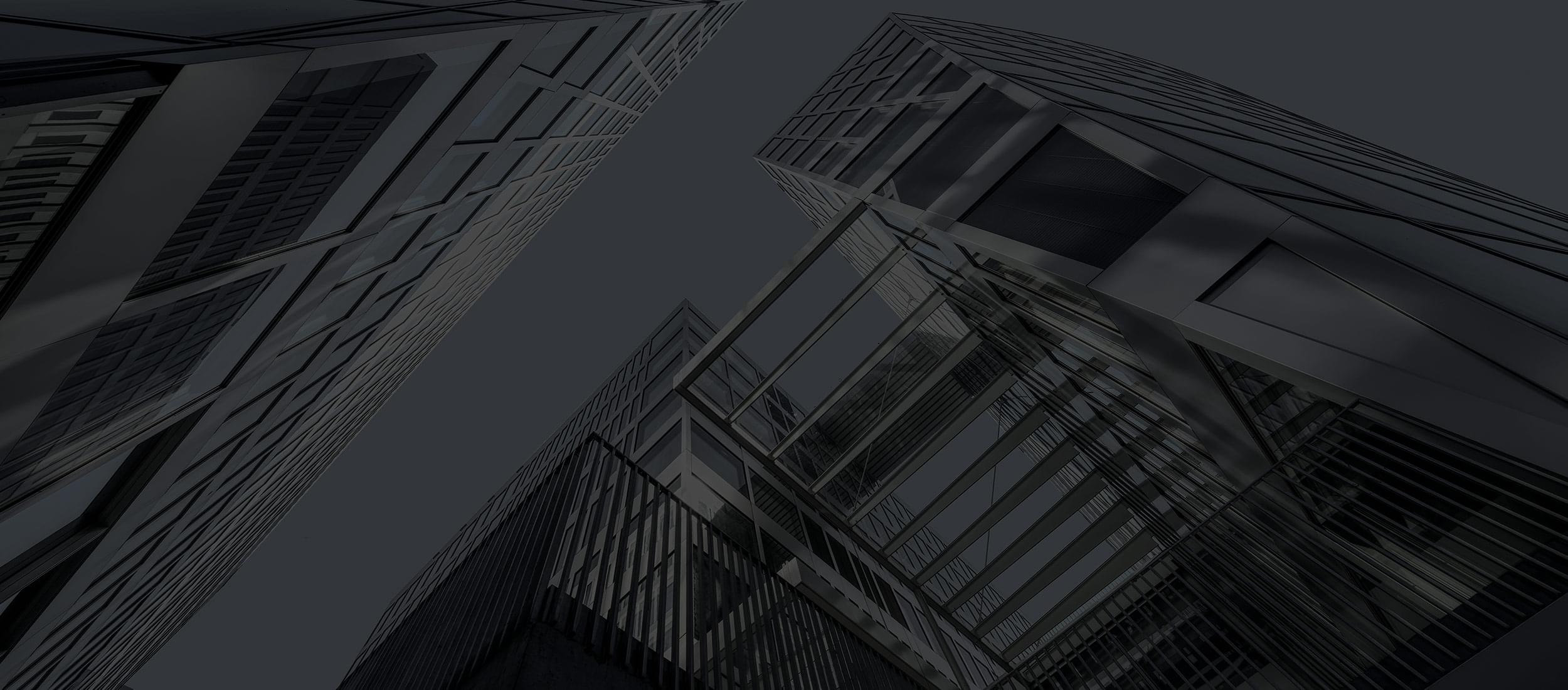Previously, educational institutions used and scheduled as many of the educational spaces as possible. Now, there is a need to comply with governmental restrictions on 1.5 meters distancing within teaching spaces. Timetables, therefore, restricts to a maximum of 30% capacity, instead of the usual 100% for these rooms. With the use of our observation studies, it shows whether the rooms are occupied by 30%. This makes it possible to detect the violated restrictions (in the case of over-occupied), and where there is room for better occupancy (under-occupied). In addition, comparing the bookings with the actual attendance data provides insight into the reservation culture within the locations and where there are opportunities to optimise space use.
Today, efficient building management starts with bookings. Where all bookings together should give an occupancy of 30%, the bookings ultimately result in a percentage of “Show’s” (Booked & Occupied) and a percentage of “No-Show’s” (Booked & Not Occupied). From these ratios, you can eventually calculate the turnout percentages. In addition, you have the actual occupation: the sum of the “Booked Occupation & Occupied” plus the perceived occupation of rooms that are not booked, this “Not Booked & Occupied” compensates for the “No-Shows”.
Bookings vs. Actual occupancy
In the graph below you can find an example where the room is reserved for 29% (88 bookings) of the time (Booked & Occupied + Booked & Not Occupied). Nearly a third (32%) do not attend the scheduled class. Despite this, this space has an occupancy of 28% (Booked & Occupied + Not Booked & Occupied). The No-show indicator, in this case, was offset by the 24 times (8%) the room was occupied without a booking. Without Measuremen’s assessments and comparisons, there is no view on this and no conclusion can be made. However, with the measurements, it is possible to see how the occupancy of each room relates to the bookings. With these insights, it is possible to optimise the occupancy per location specifically. At one of our customers, thanks to the data, we saw enormous cultural differences in terms of bookings and actual use between the locations.
A need for self-study space
Something very interesting is when a room has not been booked, yet it is occupied. You can then question what kind of room this is, and what the purpose/use of the room is. By means of the activities’ analysis of Measuremen, this insightful and valuable information will be available to the educational institutions. We noticed, at the same customer, that the students who sat in the rooms did not book the room and that more than 50% of the time, they were in that room to carry out self-study. Apparently, students go to the faculty to study and they see where / if there is a space available when they arrive. One student studying in a meeting room is of course suboptimal use of space, but it does show that there is a need for study places (which we also discuss in our whitepaper “Sustaining the quality of higher education”).
Figure 1: The division of bookings and actual occupancy within educational spaces.
All in all, the bookings of educational spaces often do not correspond to the actual use of the educational spaces. Many students do not show up, or they use rooms that they have not reserved. In addition, the occupancy can be very different between locations. Seeing the need for physical interaction, it is of high importance to make efficient and responsible use of facilities. It is smart to consider the actual use of spaces. Considering this as a source for the next steps: the tightening of reservation rules, correcting users, or/and facilitating according to the needs of users, such as the study places.




